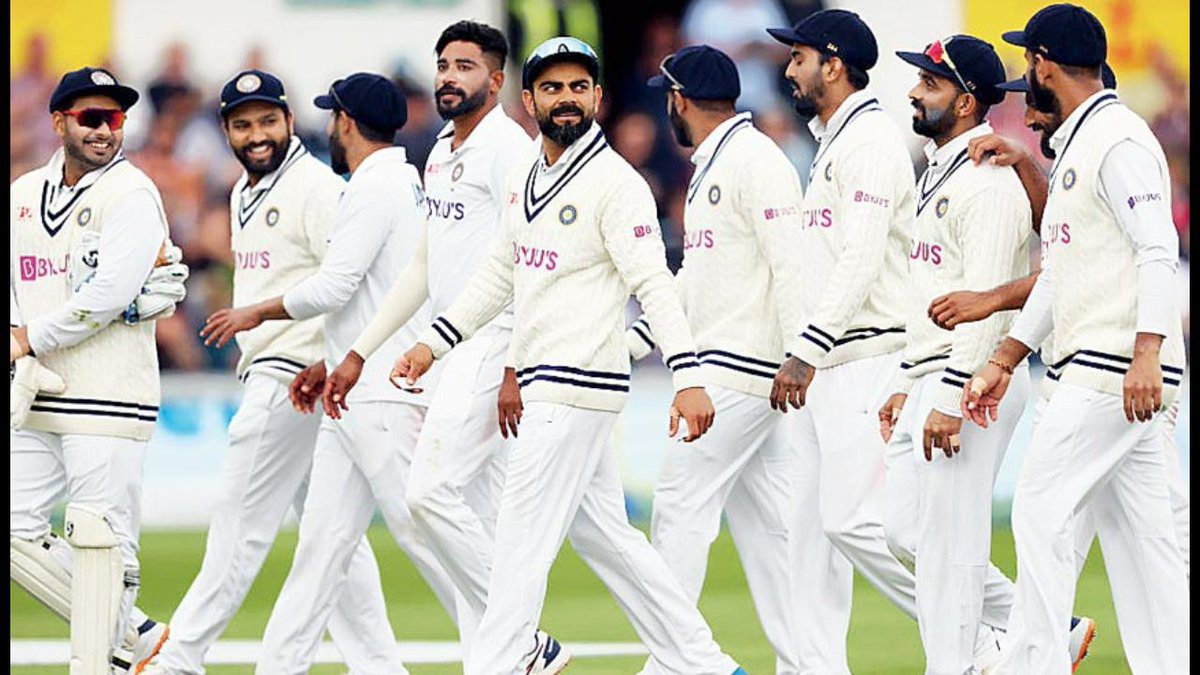India
4-day Workweek: India’s Stance on this Scenario!
Professionals who are seeking work or want to make adjustments to their present position can choose from a range of flexible working options. One...
20% Ethanol Blended Petrol Launched by Indian PM!
On February 6, Prime Minister Narendra Modi began distributing gasoline with a 20% ethanol blend in 11 states and union territories across the nation....
The Last Leg of the World Test Championship Race 2023: India’s...
The World Test Championship (WTC) Finals Race is finally here! It's a nail-biting race between 5 teams - India, Australia, South Africa, Sri Lanka,...
Budget 2023: Here’s how the EV, Health, Agriculture & Green Energy...
The new India Budget 2023-24 has been announced recently which brings a lot of important policies, changes and opportunities to various sectors of India....
Budget 2023: Here’s how the prominent companies reacted
Today, the Indian Budget 2023-24 has been announced and that is a big thing for the economy as a whole along with all the...
Budget 2023: Everything you need to know about Finance Minister’s Speech!
According to Finance Minister Nirmala Sitharaman, under the new tax system, individuals making less than ₹7 lakhs annually are exempt from paying income tax....









